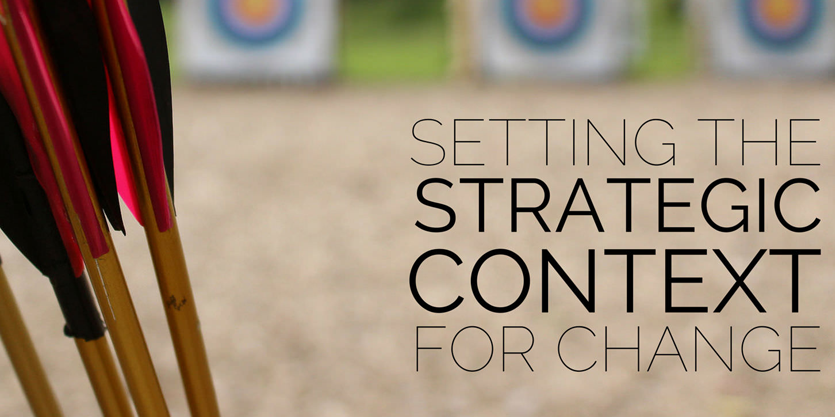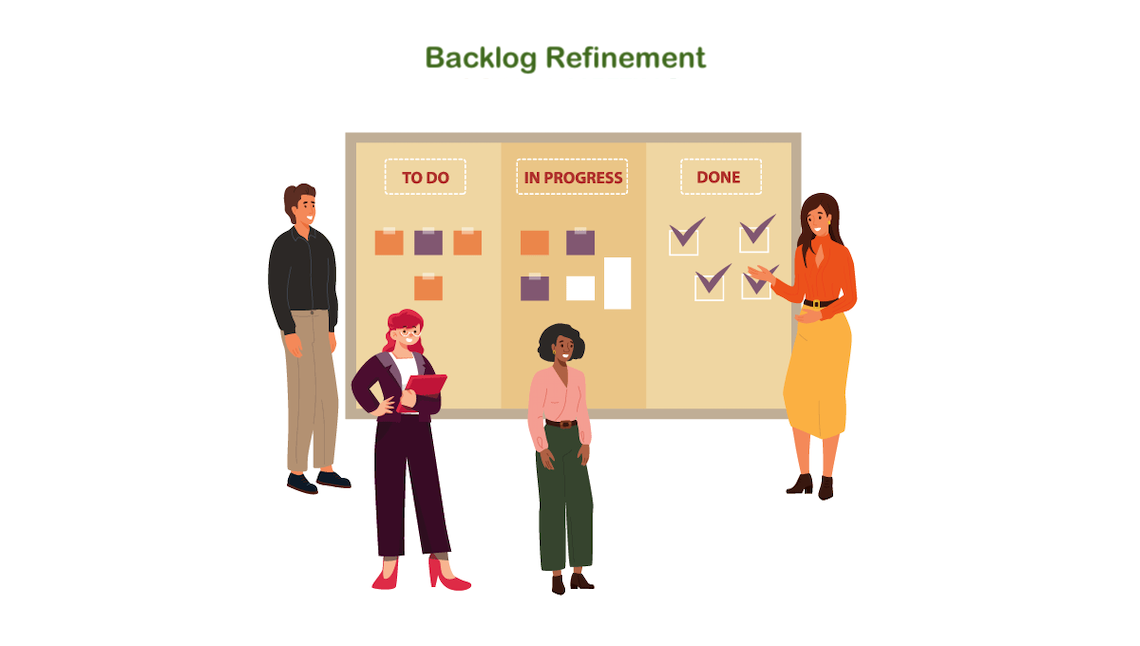Bridging Strategy and Execution: Aligning Product Roadmaps with Agile Sprints
7 min read

“Big picture meets daily grind” sounds cool on paper, but in the world of Senior Technical Program Managers (TPMs), it’s a daily high-wire act. Balancing grand strategic goals with the practicality of sprint execution is like trying to translate a Shakespearean monologue into a TikTok dance—precision and adaptability are key. Let’s break it down into chewable bits and figure out how to ace this balancing act.
Also read: 14 Best Sprint Retrospective Ideas to Get Everyone Involved
Translating Long-Term Strategic Goals into Actionable Sprint Objectives: Real-Life Playbook
Senior Technical Program Managers (TPMs) often find themselves juggling the visionary with the tactical. Turning long-term strategic goals into sprint objectives isn’t just about breaking big ideas into smaller ones—it’s about ensuring the pieces fit the broader puzzle. Let’s dive into actionable ways to make this transformation seamless and impactful.

1. Start with Strategic Context

It’s not enough for teams to know what they’re working on—they need to understand why. Connecting strategic goals to sprint objectives begins with painting a clear picture of the broader vision.
Actionable Tip:
Begin sprint planning sessions with a five-minute context refresher. Use visuals like roadmaps or charts to show how the upcoming sprint ties into quarterly or yearly goals. For instance, if the goal is "Increase user retention by 20%," explain how the sprint's focus on improving onboarding workflows contributes to this larger objective.
For instance, if you are working at a fintech startup, as a TPM you could set up a "Strategy Board" on Confluence to bridge the gap between big-picture goals and sprint-level tasks. Use the board to outline your company’s three-year roadmap, break it into quarterly objectives, and clearly link each sprint to KPIs like monthly active users or revenue growth.
During sprint planning sessions, guide your teams to reference the board, helping them see how their work directly contributes to the company’s broader strategic priorities. This approach keeps everyone aligned and focused on delivering results that truly matter.
2. Break Down Strategic Goals into User-Centric Outcomes
Broad goals like "Enhance user engagement" sound inspiring but are too vague for sprint planning. TPMs need to translate these into actionable, measurable outcomes.
Actionable Tip:
Use frameworks like OKRs (Objectives and Key Results) to bridge the gap. Define clear objectives and tie them to measurable key results that align with sprint deliverables.
Focus on user impact: Reframe strategic goals in terms of how they affect the end user. For example, “Reduce checkout abandonment by 15%” becomes “Implement one-click checkout for returning users in this sprint.”
3. Build Strategic Alignment into Backlog Grooming

The product backlog is where long-term strategy meets short-term execution. Regularly aligning backlog items with strategic goals ensures every sprint is a step in the right direction.
Actionable Tip:
During backlog grooming, tag each item with its corresponding strategic goal. Use labels or categories like “Retention,” “Growth,” or “Operational Efficiency” to make the connection explicit.
Prioritize backlog items based on impact and alignment. High-impact items tied directly to strategic priorities should rise to the top.
4. Collaborate, Don’t Dictate
Translating strategy into sprints isn’t a solo mission. It’s a collaborative process that requires buy-in from engineering, design, and product teams.
Actionable Tip:
Use co-creation workshops to break down strategic goals into sprint-ready stories. Encourage teams to brainstorm how their expertise contributes to achieving these goals.
Foster ownership by showing teams how their contributions impact broader business outcomes.
5. Measure, Iterate, and Communicate Progress
Strategy translation isn’t a one-and-done deal. Regularly track progress, adapt based on feedback, and communicate outcomes to keep everyone aligned.
Actionable Tip:
Use metrics like sprint velocity, story completion rates, and business impact KPIs to measure success.
After each sprint, hold retrospectives focused on alignment. Ask, “Did this sprint move us closer to our strategic goals?”
Share wins. When a sprint delivers a measurable step toward a strategic goal, celebrate it in company-wide updates or team meetings.
Also read: Streamlining Agile Project Management with Jira: A Practical Feature Guide
The Long and Short of It: Aligning Strategy with Sprints
Ever heard of the “strategic disconnect”? It’s what happens when your long-term product roadmaps live in some ivory tower while your Agile sprints are hustling at street level. Senior TPMs are the bridge-builders here, ensuring that the product vision doesn’t get lost in translation.
Here’s the deal:

Start with a North Star: Every sprint should have a clear, strategic “why.” Why are we doing this? How does it tie back to the big picture?
Translate Strategy into Objectives: Break that North Star into manageable sprint-sized bites. Think less “climb Mount Everest” and more “set up base camp.”
Involve the Team Early: Engage your devs and product folks during planning to connect the dots between lofty goals and Jira tickets.
Also read: Difference Between Sprint Review and Sprint Retrospective
Balancing Stakeholder Expectations with Agile Adaptability
If you’ve ever been stuck between a demanding stakeholder and an inflexible backlog, welcome to the TPM club. Stakeholders want results yesterday, but Agile thrives on flexibility. So, how do you make everyone happy without losing your mind?

Set Clear Expectations: Stakeholders need to know that sprints aren’t magical unicorns that deliver everything at once. Educate them on what Agile can and cannot do.
Maintain a Prioritized Backlog: A well-prioritized backlog is your best friend. Make sure it reflects business value so you can confidently say “yes” to what matters and “not yet” to what doesn’t.
Be a Master Communicator: Keep everyone in the loop. A quick weekly check-in with stakeholders can save you from last-minute “Why wasn’t this done?” panic attacks.
Technical Project Manager Hack: When stakeholders insist on changes mid-sprint, position it as a trade-off conversation. “We can add this feature, but we’ll need to push back XYZ.” Suddenly, they’re prioritizing for you.
Managing Scope Changes Without Derailing Timelines
Ah, scope creep—the uninvited guest at every sprint planning meeting. Managing mid-sprint changes without torpedoing your timeline is like changing a car tire while driving. Tricky but totally doable.

Here’s how to handle it:
Build in Buffers: Always leave some room for unexpected changes. It’s not slack; it’s foresight.
Enforce a Change Policy: No changes without a review. Period. Make it part of your team culture.
Revisit Sprint Goals: If the scope change is unavoidable, reevaluate your sprint objectives. Adjust timelines or deprioritize less critical tasks.
Golden Rule: Never let scope changes come at the cost of team morale. Burnout is a bigger timeline risk than any feature request.
Wrapping Up
Bridging strategy and execution isn’t just about aligning roadmaps with sprints—it’s about being the glue that holds everything together. As a senior TPM, your superpower is turning ambiguity into action, lofty goals into deliverables, and chaos into progress.
But let’s face it—managing this complex web isn’t always smooth sailing. That’s where Middleware comes in. Middleware’s suite of tools such as Middleware Jira Plugin, Middleware OSS, and Middleware Cloud offers data-driven insights, streamlined sprint tracking, and advanced collaboration features. With Middleware, aligning strategy with execution isn’t just easier—it’s smarter.
FAQs
What is the agile roadmap for sprints?
An agile roadmap is a high-level plan that outlines strategic goals and their alignment with incremental sprint deliverables. It helps teams stay focused on achieving long-term objectives while adapting to change.
How to create a product roadmap using agile methods?
Start by defining strategic goals and breaking them into smaller, measurable outcomes. Prioritize features, align them with sprints, and use iterative planning to refine the roadmap based on feedback and changing needs.
What is the difference between agile and roadmap?
Agile is a methodology focused on flexibility and iterative progress, while a roadmap is a strategic plan that outlines goals and milestones. Agile adapts roadmaps to changing priorities during execution.
Why are agile roadmaps a valuable tool for product and solution managers?
Agile roadmaps provide a clear link between strategic goals and execution, enabling managers to prioritize effectively, adapt to change, and keep stakeholders aligned with the product vision.



